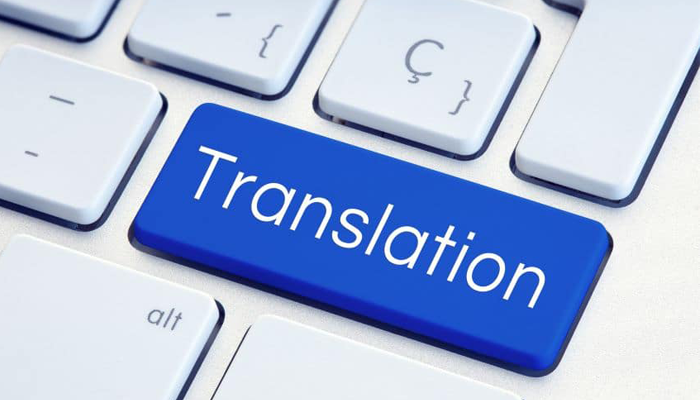English translations are essential in a globalized world where communication between different languages is key to success in business, education, and everyday life. Many individuals and companies seek English translation services to facilitate the understanding of documents, websites, manuals, and other types of texts. The demand for translations has increased with the growth of international trade and technological advancements.

Importance of translations in English
Firstly, English is the most widely spoken language in the world when considering the number of non-native speakers. For this reason, translations in English play a crucial role in various sectors, from business to academia. Legal documents, contracts, presentations, scientific publications, and digital content require accurate and high-quality translations.
However, these translations are also vital for companies looking to expand into international markets. A properly translated website can increase a company’s reach and build trust among English-speaking consumers. Additionally, marketing strategies heavily rely on well-crafted English translations to effectively convey messages and avoid cultural misunderstandings.
Types of English Translations
There are various types of these translations each with its own characteristics and requirements. Some of the most common include:
- General Translation: Focuses on everyday texts without specific technical terminology. It is common in emails, personal letters, and internal communication documents.
- Technical Translation: Involves specialized documents such as user manuals, technical specifications, and product guides. This type of English translation requires knowledge in the specific field.
- Legal Translation: Includes legal documents such as contracts, agreements, wills, and certificates. English translations in this field must use precise legal terminology and comply with each country’s regulations.
- Medical Translation: Covers medical records, reports, pharmaceutical leaflets, and scientific studies. Errors in English translations of this type can have serious consequences.
- Literary Translation: Applied to books, stories, poetry, and other literary works. This type of English translation requires creative skills to maintain the author’s original style and intent.
- Audiovisual Translation: Includes subtitling and dubbing for movies, series, and corporate videos. English translations in this field must consider synchronization and cultural adaptability.
Common Mistakes in English Translations
Moreover, performing accurate English translations is not an easy task. Some common mistakes include:
- False cognates: Words that look similar in both languages but have different meanings, such as “actual” (which means real in English) and “actually” (which means in fact).
- Literal translation: This is not always effective since some expressions require cultural and grammatical adaptation.
- Lack of context: Many words in English have multiple meanings depending on the context, which can lead to translation errors.
- Omission of idioms and expressions: Translating phrases like “break a leg” literally can be confusing for a non-native speaker.
Tools for English Translations
Moreover, to facilitate translations, there are various tools and resources available to translators and businesses. Some of the most widely used include:
- Online dictionaries: Platforms like WordReference and Merriam-Webster help find precise meanings and synonyms.
- Automatic translators: Tools like Google Translate can be useful for getting a general idea of the meaning, but they do not guarantee accuracy in specialized texts.
- Computer-assisted translation (CAT) software: Programs like SDL Trados and MemoQ allow for the management of glossaries and translation memories to maintain terminological consistency.
- Professional translation platforms: Companies like ProZ and Gengo connect translators with clients seeking high-quality English translations.
How to Choose an English Translation Service
Moreover, when looking for an English translation service, it is important to consider the following aspects:
- Experience and specialization: Verify that the translator or agency has experience in the required type of translation.
- Quality and accuracy: Read reviews and request sample translations to evaluate the quality of the translations.
- Turnaround time: Ensure that the service can meet deadlines without compromising quality.
- Confidentiality: Some documents contain sensitive information, so it is essential that the translator respects client privacy.
- Cost: Compare prices among different providers without sacrificing the quality of English translations.
Trends in English Translations
Finally, the field of translations is constantly evolving due to technological advancements and market needs. Some current trends include:
- Neural machine translation: Artificial intelligence has improved the quality of machine-generated translations, although human revision is still required.
- Content localization: It is not enough to translate words; messages must be adapted to the culture and preferences of the target audience.
- Real-time translation: Mobile applications and virtual assistants are enabling instant English translations to facilitate communication.
- Growth of the e-learning sector: With the rise of online education, the demand for translations in English for courses, tutorials, and educational materials has significantly increased.
In conclusion, these type of translations will continue to be a fundamental pillar in global communication. With the growth of e-commerce, digital content, and interconnected markets, the demand for English translation services will keep rising.




